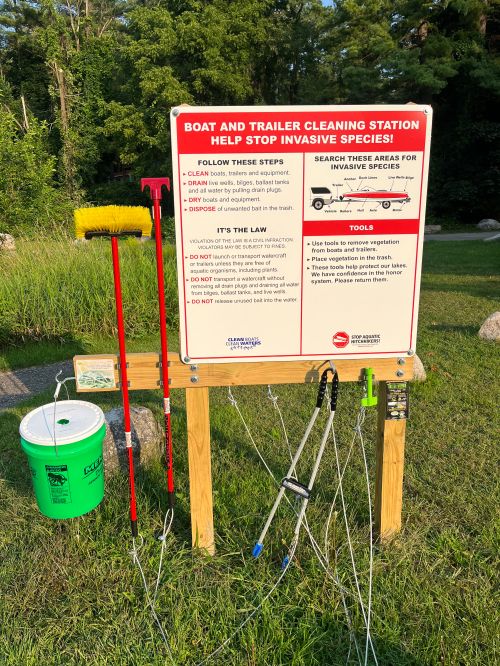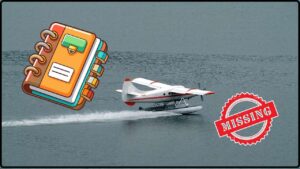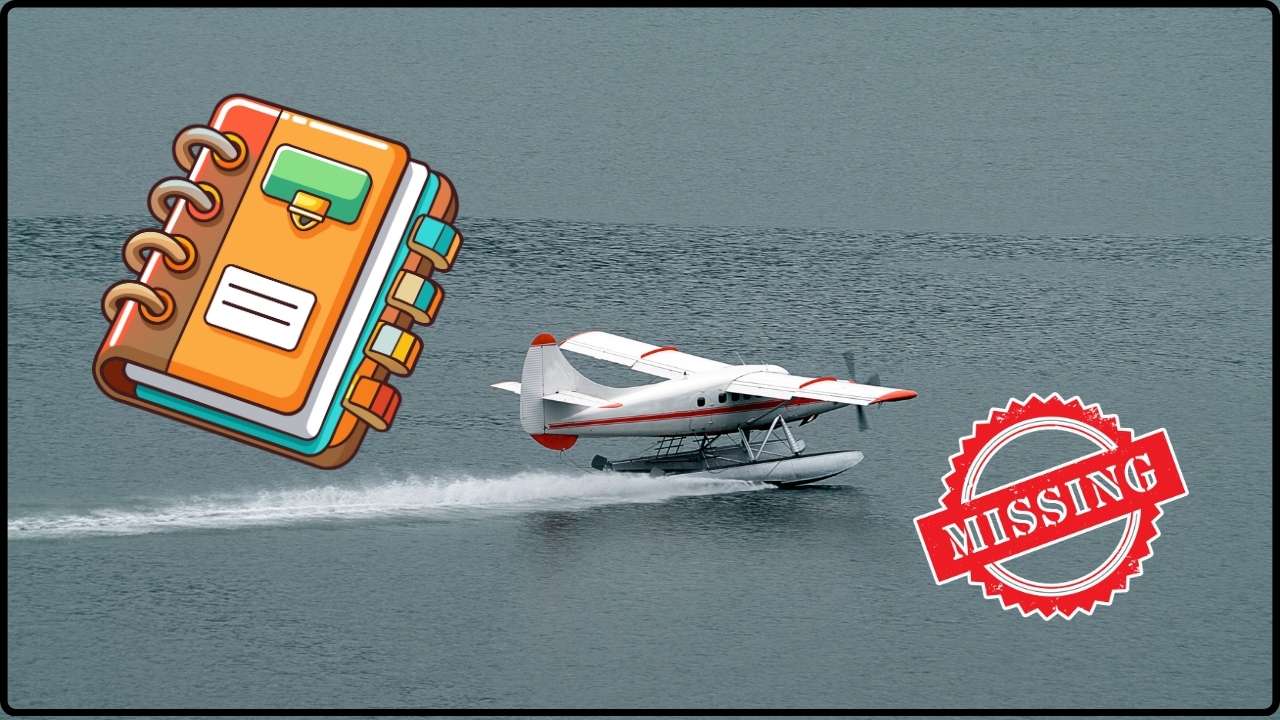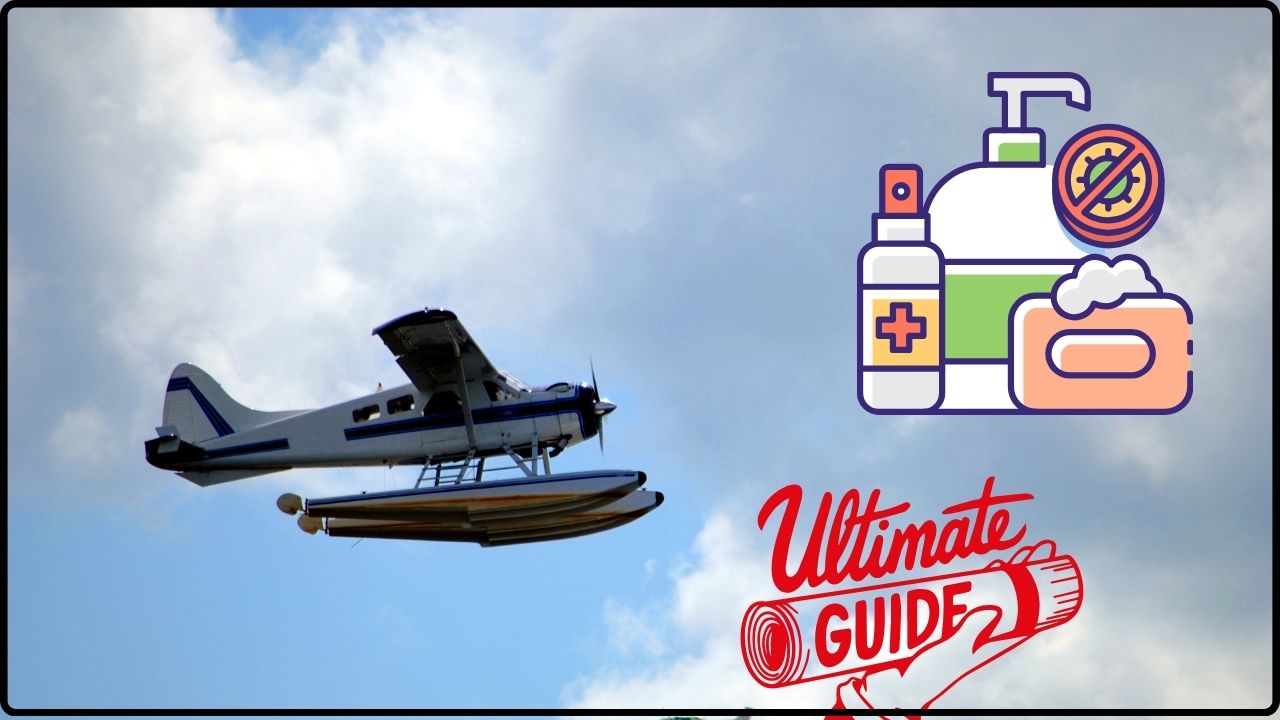
Decontamination Deep Dive: When it comes to protecting our waters from invasive species and keeping our boats and seaplanes in tip-top shape, decontamination procedures aren’t just routine—they’re critical. Whether you’re a seasoned marine professional or a casual boater, understanding the best methods for decontaminating floats and rudders can make all the difference in safeguarding aquatic ecosystems and ensuring compliance with environmental laws. In this article, we’ll explore the difference between hot water and high-pressure cleaning, including practical advice, real-world examples, environmental impacts, costs, safety considerations, and official guidelines. Our goal is to deliver a complete, easy-to-follow guide rooted in science, experience, and trustworthiness — designed to help you make informed decisions without damaging your equipment or harming the environment.
Table of Contents
Decontamination Deep Dive
When it comes to floats and rudders, hot water and high-pressure cleaning are both essential, complementary tools in your decontamination arsenal. Hot water delivers a biological knockout to invasive species and reduces chemical use, while high-pressure cleaning mechanically removes tough fouling. Balancing these methods, understanding material sensitivities, and adhering to official protocols ensures effective, safe, and environmentally responsible decontamination. This proactive care preserves not only your equipment’s performance but also the health of our precious waterways for generations.
| Aspect | Details |
|---|---|
| Main Methods | Hot water treatment and high-pressure cleaning |
| Effective Temperature Range | 120°F – 140°F (49°C – 60°C) for hot water |
| Pressure Range | Low to moderate for hot water; high-pressure (900–1,500 PSI) for physical removal |
| Environmental Impact | Both environmentally friendly; hot water kills organisms biologically, no chemicals needed |
| Cost Considerations | Hot water systems cost more initially but save on labor and detergents; high-pressure faster |
| Safety | Hot water and high pressure require protective gear and training |
| Regulatory Guidelines | Follow federal/state protocols (U.S. Fish and Wildlife Service, etc.) |
Why Decontamination Matters?
Floats and rudders are the unsung heroes of marine and amphibious crafts. These components constantly come in contact with water, where aquatic plants, algae, and invasive species like zebra mussels and quagga mussels can cling and thrive. Left unchecked, these unwelcome guests can cause serious damage, affect maneuverability, increase fuel consumption, and spread to new water bodies, creating ecological havoc and costing billions annually in damage control.
Effective decontamination isn’t merely about tidiness—it’s a frontline defense against the spread of invasive species. Federal and state agencies emphasize protocols like “Clean, Drain, Dry, and Decontaminate” to reduce environmental harm. Without proper care, boaters risk not only fines and operational setbacks but also contribute to the degradation of biodiversity and local fisheries. This comprehensive approach helps minimize ecological and economic impacts, benefiting everyone who relies on healthy waterways.
The Science Behind Decontamination Deep Dive
Hot Water Treatment: The Biological Bullet
Hot water treatment kills aquatic invasive species by applying heat that disrupts cellular functions and biofilms. Water heated to between 120°F and 140°F (49-60°C) for as little as 10-15 seconds can render organisms non-viable. This treatment effectively destroys eggs, larvae, and adult invasive animals, including microscopic pathogens.
The heat penetrates biofilms and organic layers, softening grime and grease, making subsequent physical cleaning easier. Unlike chemical treatments, hot water is eco-friendly, leaving no toxic residues, and is suitable for most non-delicate floats and rudder materials.
However, certain materials such as inflatable pontoons or glued seams can deteriorate if exposed to high temperature for prolonged periods. Proper temperature control and equipment manuals should always be followed to prevent damage.
High-Pressure Cleaning: Mechanical Power
High-pressure cleaning uses water jets at pressures ranging from 900 to 1,500 PSI or more to physically dislodge barnacles, algae, and dirt. This mechanical force acts like a powerful scrub, removing thick layers of fouling rapidly. When combined with hot water, the cleaning power is further amplified—heat reduces oil and grease viscosity, while pressure blasts away loosened materials.
That said, high pressures must be used with care. Excessive pressure can damage sensitive parts, seam bonds, or paint finishes. Operators need training to adjust settings for material types and fouling levels.

Practical Guide to Decontamination Deep Dive
Step 1: Preparation
- Conduct decontamination in a designated, environmentally compliant area.
- Assemble equipment: hot water pressure washer, cold/high-pressure washer, protective gear (gloves, goggles).
- Review the manufacturer’s guidelines for your float and rudder materials.
- Understand local regulations regarding water runoff and invasive species handling.
Step 2: Dry and Drain
- Remove standing water from all bilges, compartments, and tanks.
- Manually remove large debris such as seaweed or plant matter.
- Dry parts where possible to prevent survival of lingering organisms.
Step 3: Hot Water Treatment
- Heat water to between 120°F and 140°F.
- Apply hot water through rinsing or soaking critical components for at least 10-15 seconds.
- Use low to moderate pressure (to avoid damage) during application.
- Avoid overlapping treatments on delicate parts sensitive to heat.
Step 4: High-Pressure Cleaning
- Use a pressure washer with settings between 900 and 1,500 PSI.
- Keep nozzles 12-18 inches away to minimize surface damage.
- Target stubborn deposits—barnacles, algae, grease.
- Avoid sensitive seams and inflatable components.
Step 5: Dry and Inspect
- Thoroughly dry floats and rudders after cleaning.
- Inspect for residual fouling, surface damage, or material degradation.
- Document cleaning procedures if required by authorities.
Step 6: Optional Disinfection
- Use authorized disinfectants safely if invasive species are suspected.
- Follow product guidelines tightly to avoid environmental harm.
Environmental Impact and Cost Breakdown
When done correctly, both methods offer environmentally responsible cleaning alternatives to chemicals. Hot water kills organisms biologically without chemical runoff, and regulated high-pressure cleaning prevents physical damage to water bodies.
Cost Considerations:
- Hot Water Systems: Higher initial outlay due to heating elements and fuel/electricity use. However, they save time (up to 35% faster cleaning) and reduce detergent needs, lowering overall operating costs.
- High-Pressure Systems: Lower startup costs but can consume more water and may require more labor if fouling is heavy.
In the long run, investing in hot water cleaning can lead to labor savings and improved decontamination efficacy.

Real-World Examples and Case Studies
- The Wisconsin Department of Natural Resources uses hot water spray to successfully eliminate invasive mussels, curbing their spread.
- In California’s Bay Area, dry dock operations follow a combined hot water soak and low-pressure rinse approach to meet strict invasive species controls.
- Research published on watercraft decontamination recommend pressures of 900-1,200 PSI for optimal balance of cleaning power and surface protection.
These case studies highlight successful integration of science and practical application in managing aquatic invasive species for commercial and recreational vessels alike.
Regulatory Guidelines
- Decontamination protocols must align with federal agencies like the U.S. Fish and Wildlife Service and EPA, along with state-level departments.
- Some waters require proof of decontamination before entry.
- Operators should stay current on changing guidelines due to evolving AIS threats.
- Certification programs may be available to standardize procedures and maintain compliance.
Additional Considerations
Frequency of Decontamination
- Routine cleaning is advised after each use in infested waters or before crossing state lines.
- Proactive decontamination prevents costly penalties and environmental damage.
Material Sensitivities
- Inflatable and glued components need gentler treatment to avoid heat or pressure damage.
- Metal and rigid plastic floats and rudders tolerate most treatments but should still be handled with care.
Safety Precautions
- Use protective gear such as gloves and goggles.
- Train staff on equipment operation, temperature, and pressure control.
- Handle hot water and pressure washers carefully to avoid injury.
Beyond the Boat: Why Seaplane-Specific Decontamination Is Different
The Ultimate “Clean Drain Dry” Guide for Seaplane Pilots
How to Talk to a State Watercraft Inspector (And What to Show Them)















![Case Study: How [Lake Association] Partners with Pilots to Stop AIS](https://seaplanesandais.com/wp-content/uploads/2025/11/Case-Study-How-Lake-Association-Partners-with-Pilots-to-Stop-AIS.jpg)
